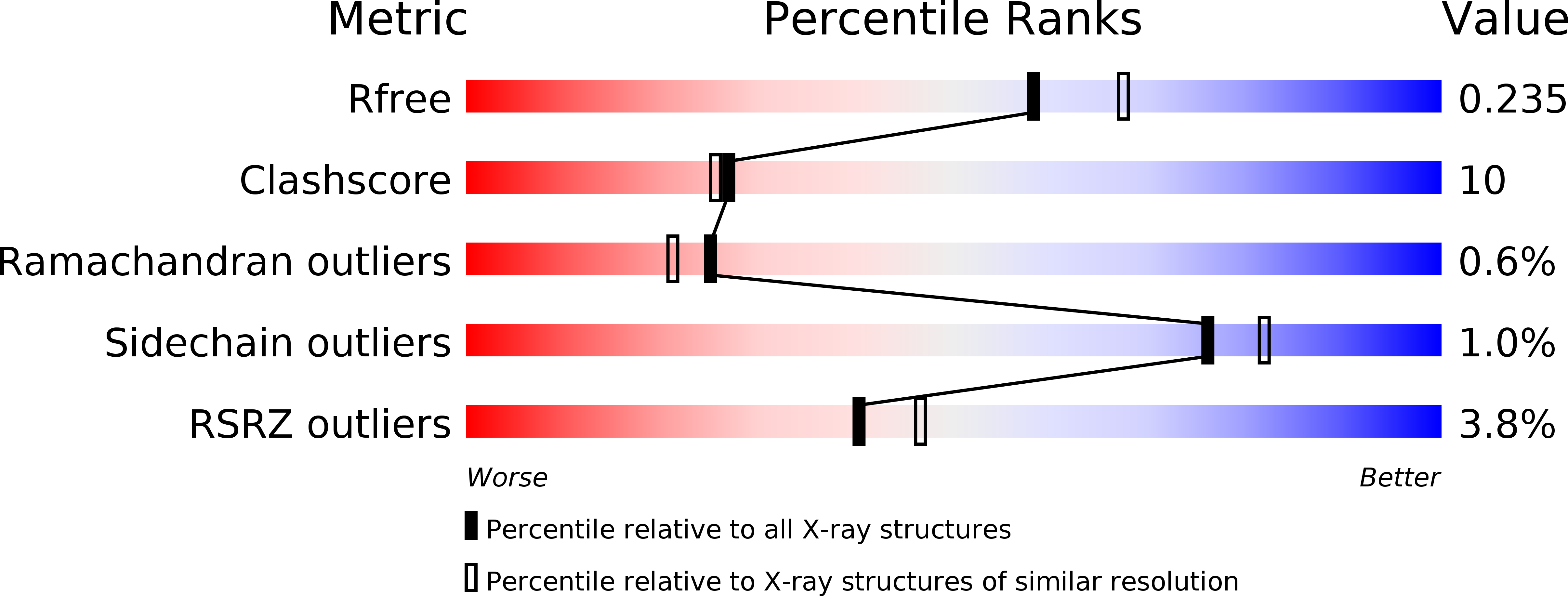
Deposition Date
2012-12-17
Release Date
2013-05-29
Last Version Date
2024-11-06
Entry Detail
PDB ID:
3ZG8
Keywords:
Title:
Crystal Structure of Penicillin Binding Protein 4 from Listeria monocytogenes in the Ampicillin bound form
Biological Source:
Source Organism:
LISTERIA MONOCYTOGENES (Taxon ID: 1639)
Host Organism:
Method Details:
Experimental Method:
Resolution:
2.09 Å
R-Value Free:
0.23
R-Value Work:
0.19
R-Value Observed:
0.19
Space Group:
P 21 21 2


